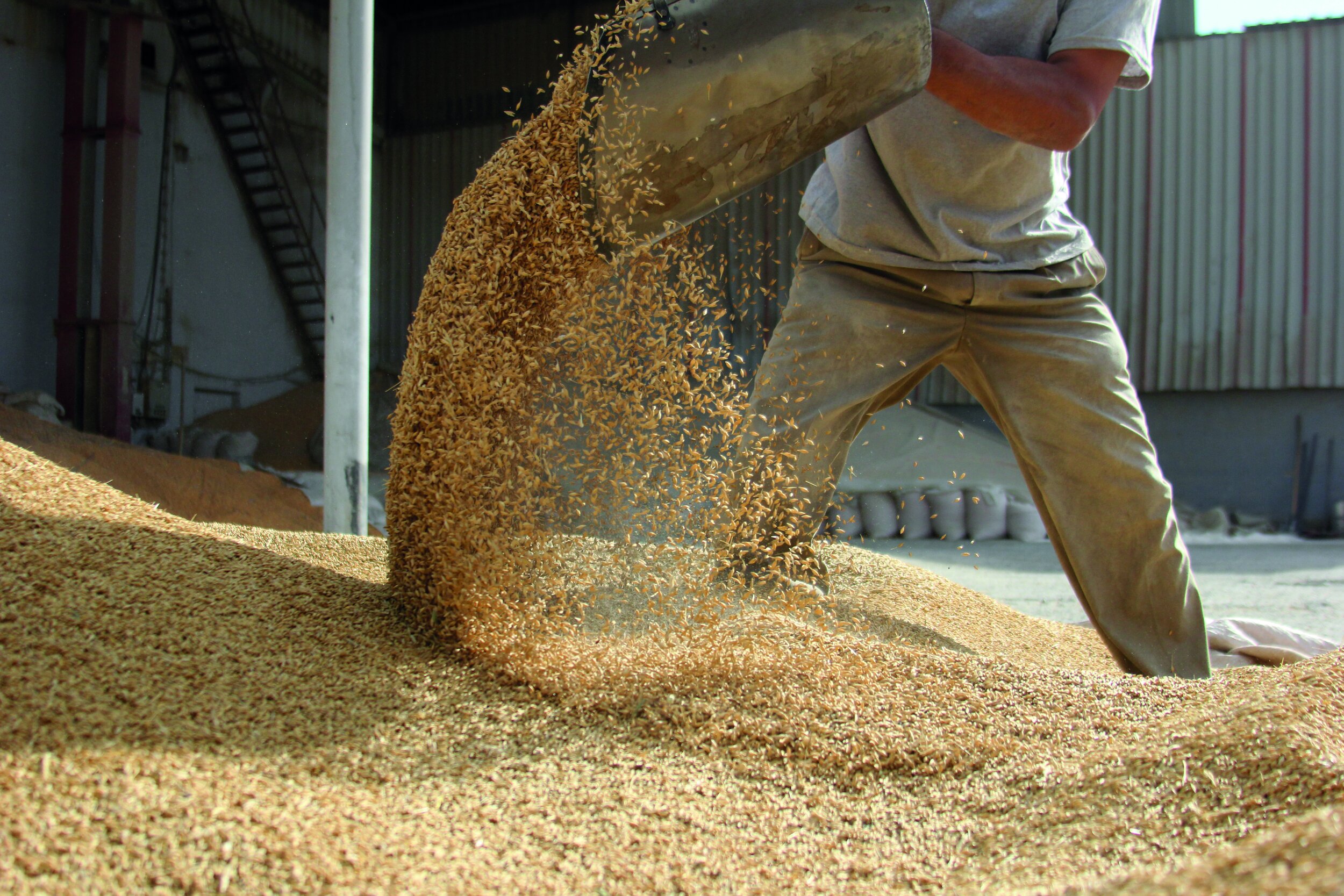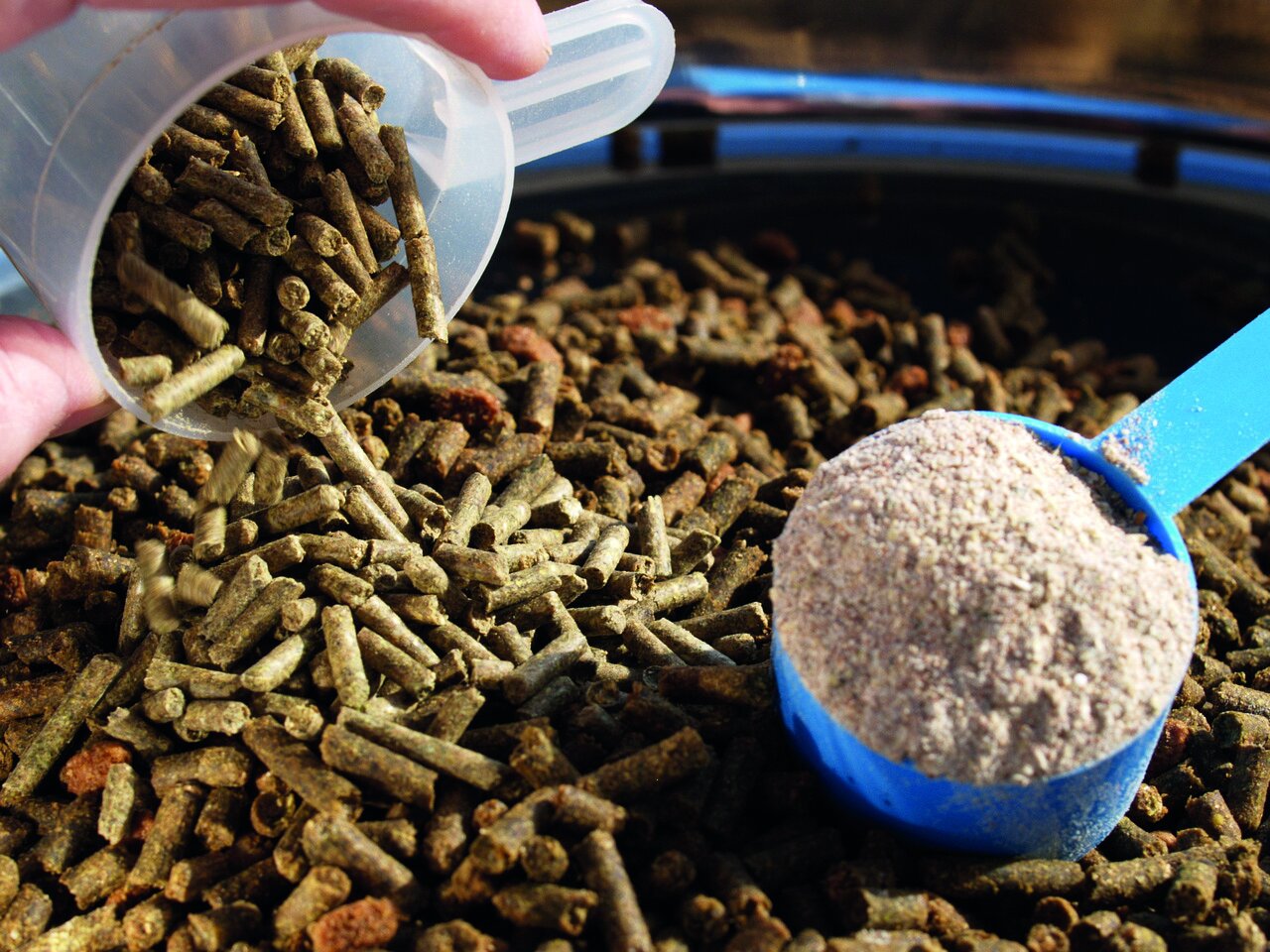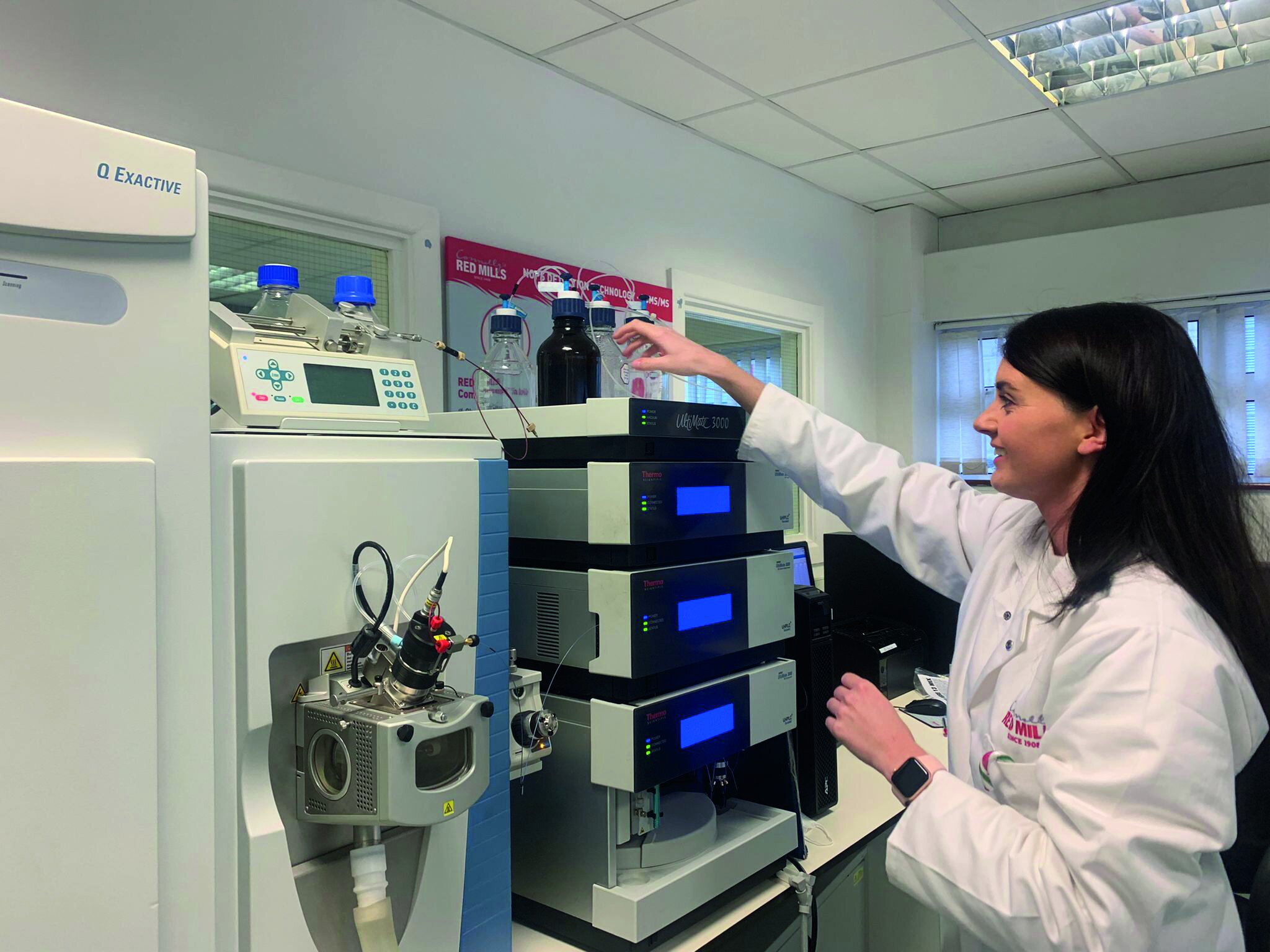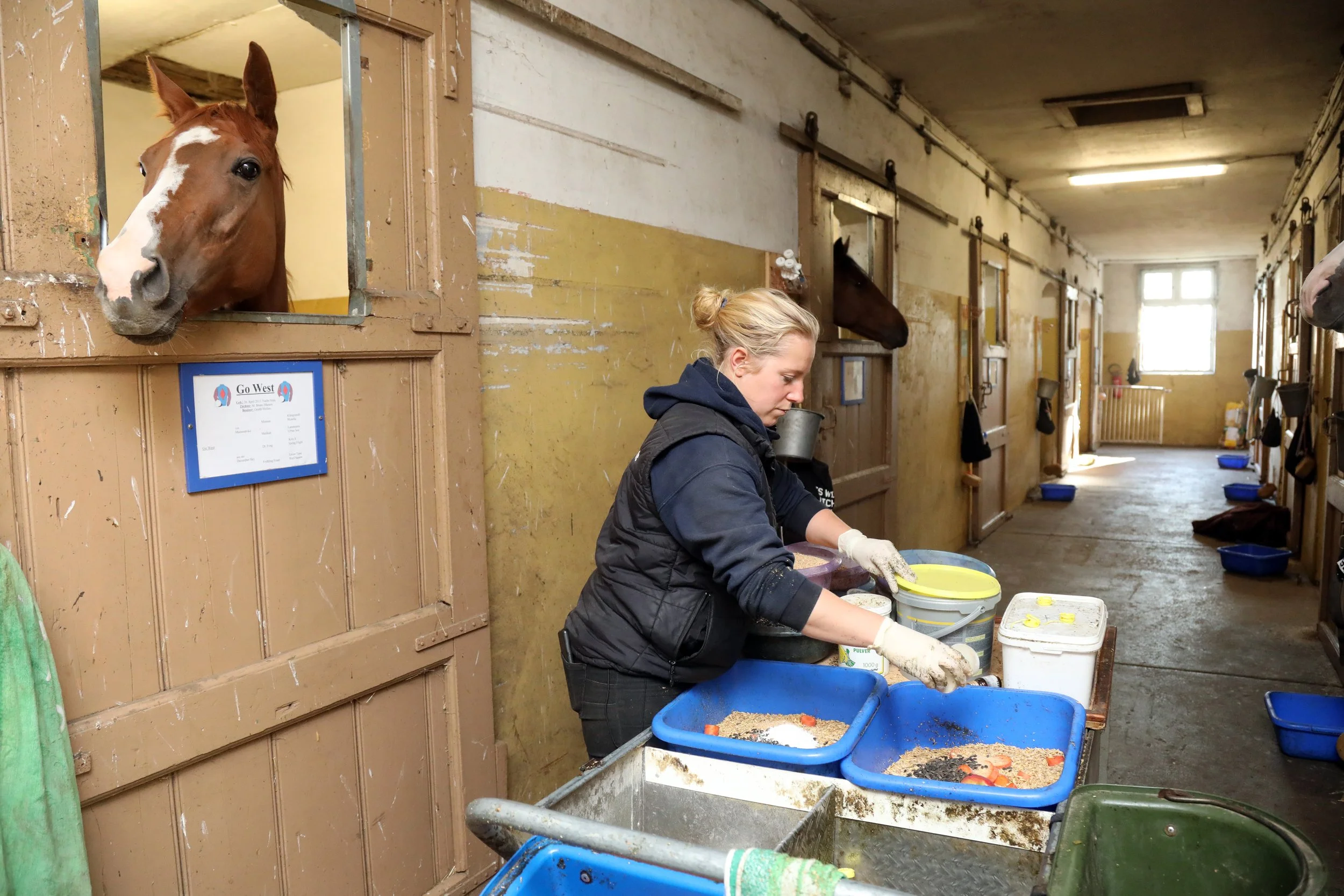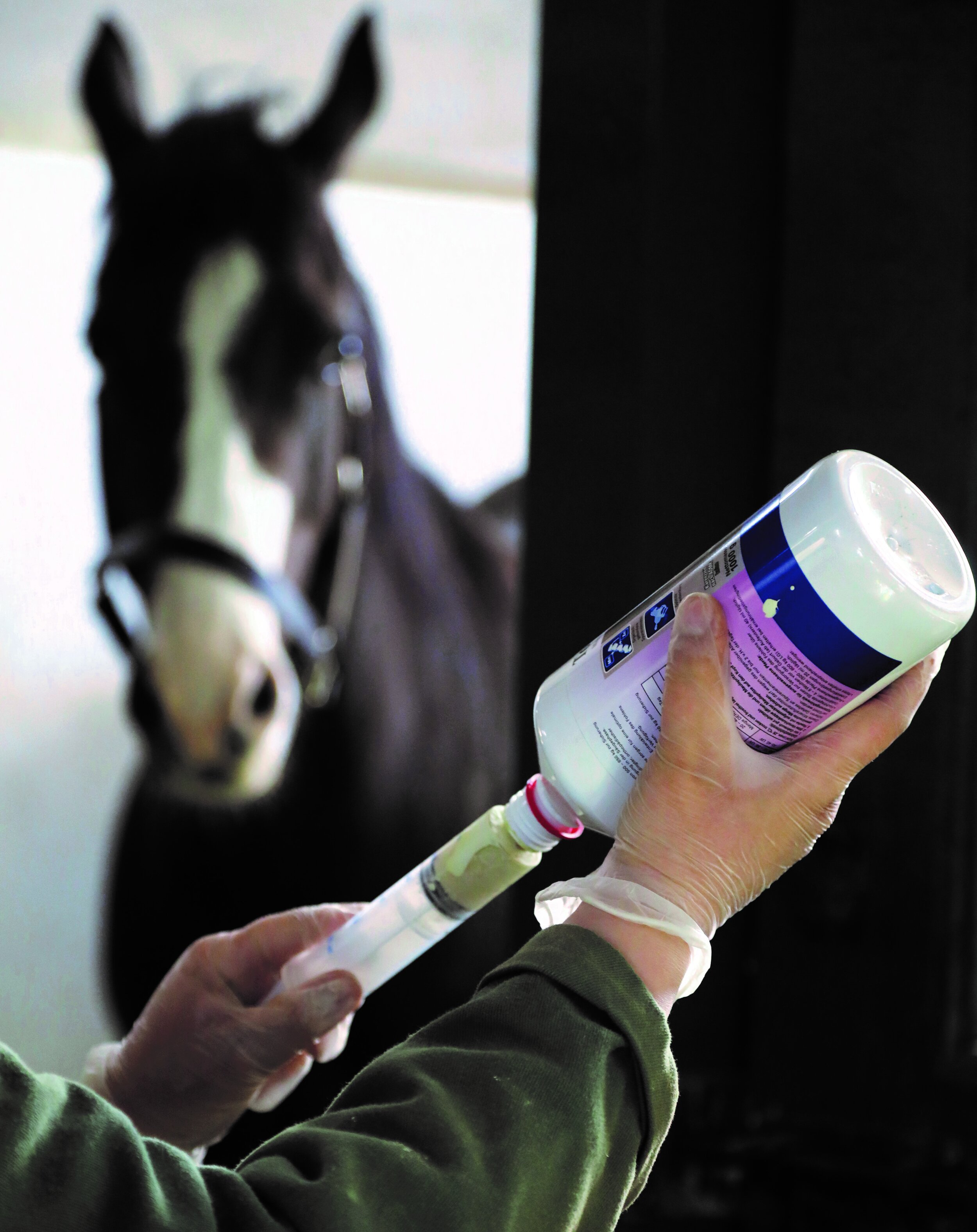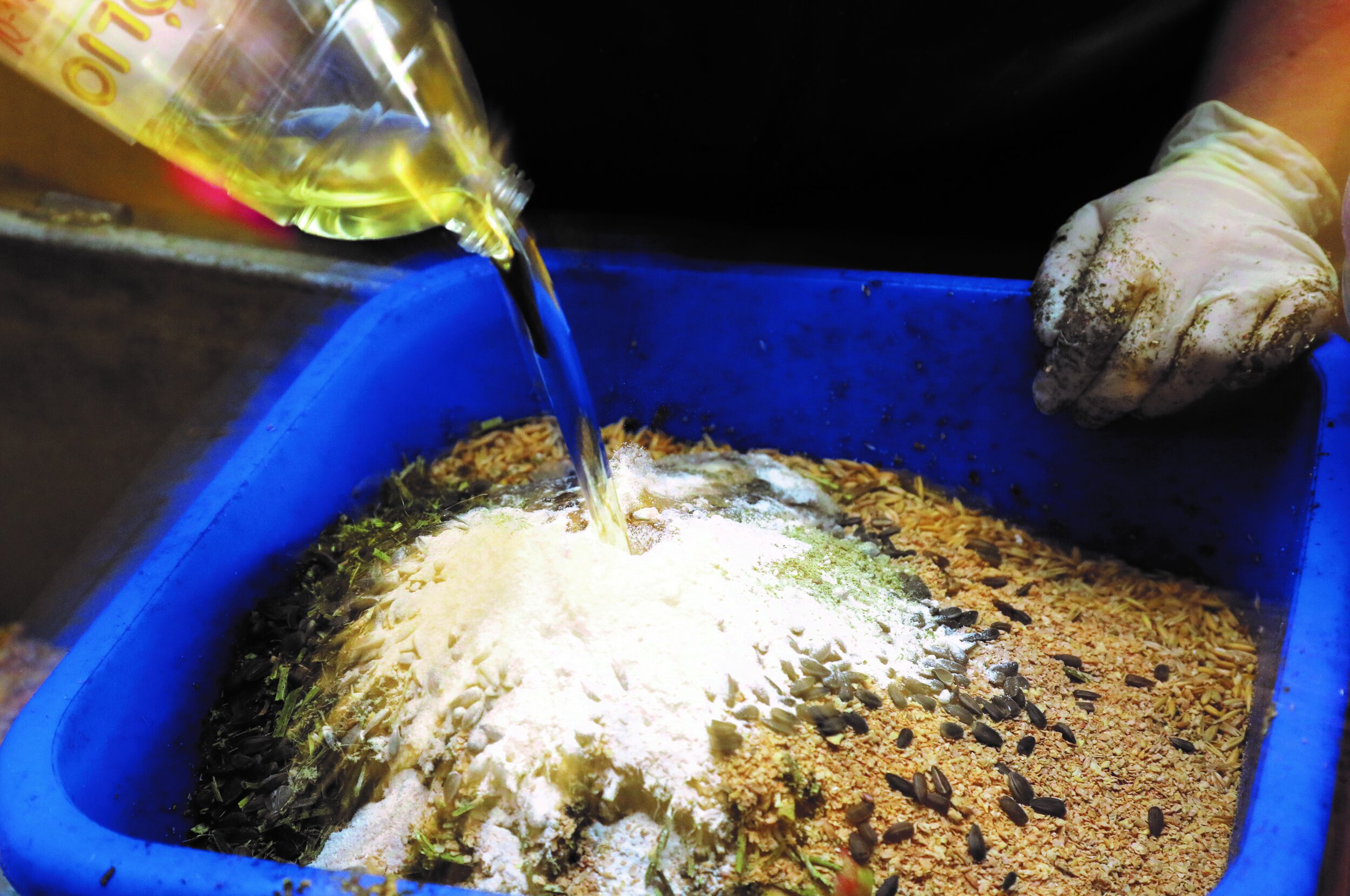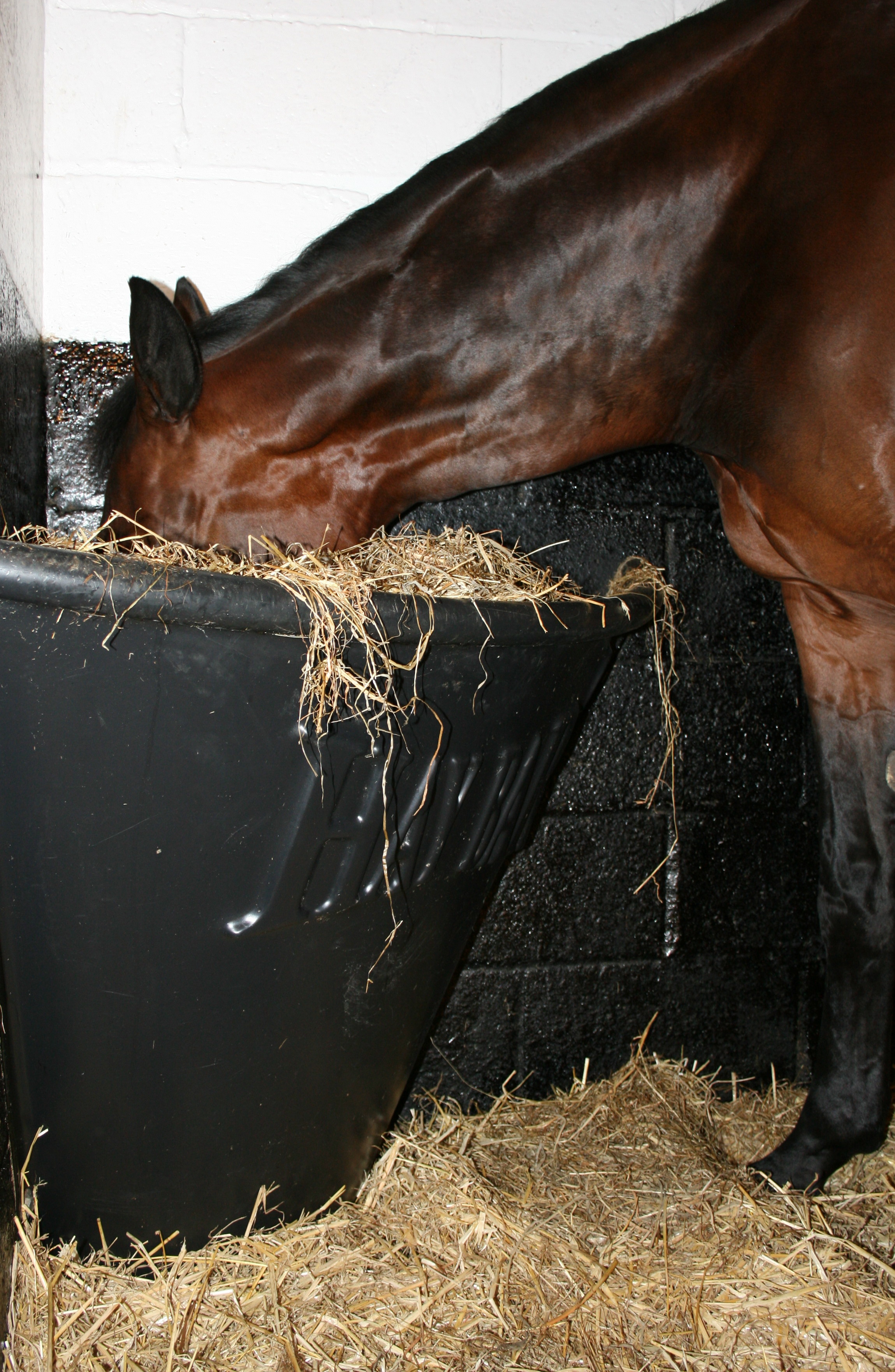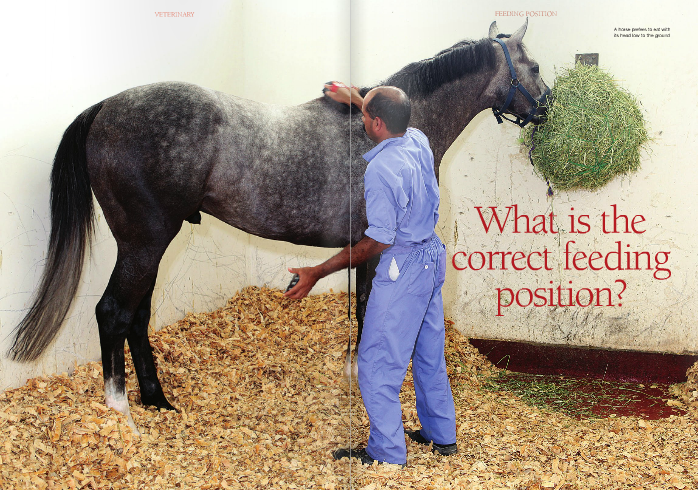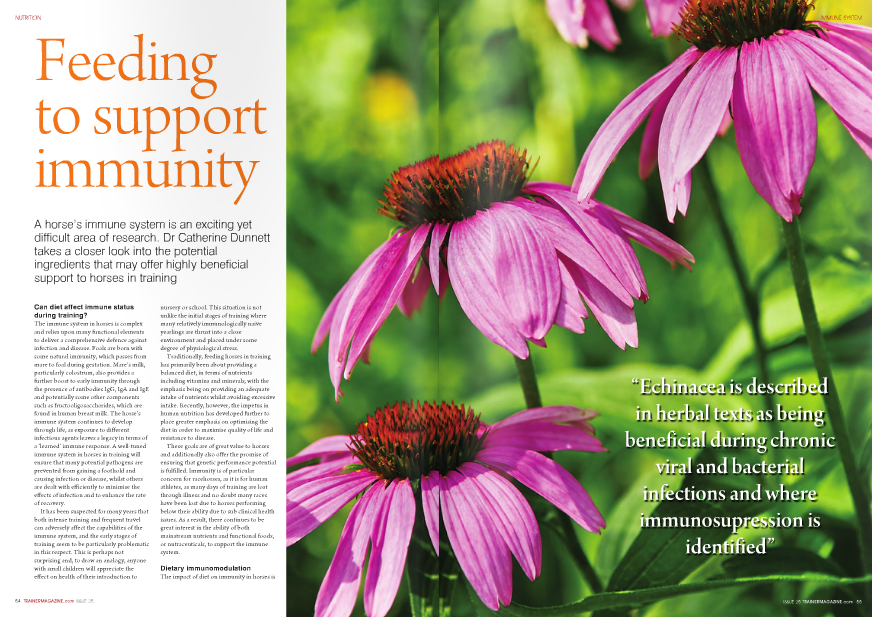Equine Nutrition - be wary of false feeding economies
/Article by Louise Jones
Many horses, especially performance horses, breeding stallions, and broodmares at certain stages of production, require additional calories in the form of hard feed. Whilst in the current economic climate, with rising costs and inflation, it might be tempting to look at lower cost feeding options; in reality, this could be a false economy. When choosing a feed, in order to ensure that you are getting the best value for money and are providing your horses with the essential nutrients they require, there are a number of factors to consider.
Quality
The ingredients included in feed are referred to as the raw materials. These are usually listed on the feed bag or label in descending order by weight. Usually they are listed by name (e.g., oats, barley wheat) but in some cases are listed by category (e.g., cereals). Each raw material will be included for a specific nutritional purpose. For example, full-fat soya is a high-quality source of protein, whilst cereals such as oats are mainly included for their energy content, also contributing towards protein, fibre and to a lesser degree, fat intake.
Waste by-products from human food processing are sometimes used in the manufacture of horse feed. Whilst it is true that they do still hold a nutritional value, in most cases they are predominantly providing fibre but contain poor levels of other essential nutrients. Two of the most commonly used by-products are oatfeed and distillers grains. Oatfeed is the fibrous husks and outer layer of the oat and it mainly provides fibre. Distillers grains are what is left over after yeast fermentation of cereal grains used to produce alcohol. The leftover grain is dried and used in the feed industry as a protein source. Distillers grains can be high in mycotoxins, which are toxic chemicals produced by fungi in certain crops, including maize. Furthermore, despite being used as a protein source, distillers grains are typically low in lysine. As one of the first limiting amino acids, lysine is a very important part of the horse’s diet; horses in work, pregnant mares and youngstock all have increased lysine requirements.
Another ingredient to look out for on the back of your bag of feed is nutritionally improved straw, often referred to as “NIS”. This is straw that has been treated with chemicals such as sodium hydroxide (caustic soda) to break down the structural fibre (lignins) and increase its digestibility. Straw is a good example of a forage which contains filler fibre; in fact, you can think of it as the horse’s equivalent of humans eating celery. Traditionally, oat straw was used to make NIS, however many manufacturers now use cheaper wheat or barley straw due to the rising cost of good quality oat straw. Not all companies state what straw is used and instead use generic terms such as cereal straw, which again, allows them to vary the ingredients used depending on cost and availability.
By law, feed manufacturers must declare certain nutrients on the feed bag, one of which is the percentage crude protein. This tells you how much protein the feed contains. However, not all protein is created equal; some protein is of very high quality, whilst other proteins can be so low in quality that they will limit a horse’s ability to grow, reproduce, perform or build muscle. Protein ‘quality’ is often measured by the levels of essential amino acids (e.g., lysine, methionine) it contains. In most cases feed manufacturers do not have to list the amount of these essential amino acids; but looking at the ingredient list will give you a clue as to how good the protein quality is. Good sources of high-quality protein include legumes and soybean meal, whereas by-products often contain moderate- or low-quality protein, even though they may be relatively high in crude protein.
Understanding more about the ingredients in your bag of horse feed will help you to assess whether they are providing good, quality nutrition. Feeds containing large proportions of lower quality ingredients will obviously be cheaper, but this could compromise quality of the products. The goal therefore is to ensure that the nutritional makeup of the products remains high quality and consistent.
Cooking for digestibility
Digestibility is a term used to describe the amount of nutrients that are actually absorbed by a horse and are therefore available for growth, reproduction, and performance. Understanding digestibility of energy sources—such as fibre, fat, starch, and sugar as well as protein, vitamin and mineral digestibility—is important when devising optimal diets for horses.
Most of the energy in grains is contained in the starch; however, horses cannot fully digest starch from uncooked (raw) grains in the small intestine, which results in this undigested starch traveling into the hindgut where it will ferment and potentially cause hindgut acidosis. Therefore, in order to maximise pre-caecal digestibility, feed manufacturers cook the grain. Similarly, soya beans must be carefully processed prior to feeding them to horses. This is because raw soybeans contain a specific enzyme that blocks the action of trypsin, an enzyme needed for protein absorption.
There are various methods of cooking including pelleting, micronizing, extrusion, and steam-flaking. This is a fine art as, for example, undercooking soya beans will not deactivate the enzymes correctly, thus resulting in reduced protein absorption. On the other hand, overcooking will destroy essential amino acids such as lysine, methionine, threonine, and possibly others.
Variation in cooking methods, and hence digestibility, can have a direct impact on how the finished product performs. Your individual feed manufacturer should be able to tell you more about the cooking processes they use to maximise digestibility.
Micronutrient and functional ingredients specification
The back of your bag of feed should list the inclusion of vitamins, such as vitamin E, and minerals including copper and zinc. A lower vitamin and mineral specification is one way feed companies can keep the cost of their products down. For example, the vitamin E level in one unbranded Stud Cube is just 200 iu/kg—50% lower than in a branded alternative.
For most vitamins and minerals, the levels declared on the back of the bag/label only tell the amount actually added and do not include any background levels provided by the raw materials. In other marketing materials, such as brochures, some companies will combine the added figure with the amount provided by other raw materials in order to elevate the overall figure. For example, a feed with 50 mg/kg of added copper may list the total copper as 60 mg/kg on their website or brochure. Whilst it is perfectly acceptable to do this, it is equally important to recognise that background levels in different raw materials can vary and hence should not be relied upon to meet requirements. To complicate this slightly further, chelated minerals (e.g., cupric chelate of amino acids hydrate, a copper chelate) may be included. Chelated minerals have a higher bioavailability, and so a feed with a high inclusion of chelated copper may perform as well as one that has an even higher overall copper level but does not include any chelates.
Equally important is the need to verify that any specific functional ingredients such as prebiotics or yeast are included at levels that are likely to be efficacious.
Feeding rates
Whilst the cost of a bag of feed is undeniably important, another aspect that should be considered is the amount of feed required to achieve the desired body condition and provide a balanced diet. Feeding higher volumes of hard feed not only presents a challenge from a gastrointestinal health point of view but also increases the cost per day of feeding an individual. For example, the daily cost of feeding 8kg of a feed costing £400/€460 per tonne vs 5¼ kg of a feed costing £600/€680 per tonne are exactly the same. Plus, the lower feeding rate of the more expensive product will be a better option in terms of the horse’s digestive health, which is linked to overall health and performance. To keep feeding costs in perspective, look at the cost of feeding a horse per day rather than relying on individual product prices.
Consistency
When a nutritionist creates a recipe for a horse feed, they can either create a ‘set recipe’ for the feed or a ‘least cost formulation’. A set recipe is one that doesn’t change and will use exactly the same ingredients in the same quantities. The benefit of this is that you can rest assured that each bag will deliver the same nutritional profile as the next. However, the downside is that if the price of a specific ingredient increases, unfortunately, so will the cost of the product.
On the other hand, least-cost formulations use software to make short-term recipes based on the cost of available ingredients. It will use the cheapest ingredient available. When done correctly, they will provide the amount of calories (energy), crude protein, vitamins and minerals as specified on the label. However, the ingredients will change, and protein quality can be compromised. Often feed companies using least-cost formulations will print their ingredients on a label, rather than the bag itself, as the label can be amended quickly and cheaply, should they alter the recipe.
Checking the list of ingredients in your feed regularly should alert you to any formulation changes. Equally look out for feeds that include vague ingredient listings such as ‘cereal grains and grain by-products, vegetable protein meals and vegetable oil’; these terms are often used to give the flexibility to change the ingredients depending on how costly they are.
Peace of mind
Another important issue is that some companies producing lower-cost feeds may not have invested in the resources required to carry out testing for naturally occurring prohibited substances (NOPS) such as theophylline, banned substances (e.g., zilpaterol - an anabolic steroid) or mycotoxins (e.g., zearalenone). It is true that, even with the most stringent testing regime, identifying potential contamination is difficult; and over recent years, a number of feed companies have had issues. However, by choosing a feed manufacturer who is at the top of their game in terms of testing and monitoring for the presence of such substances will give you peace of mind that they are aware of the threat these substances pose, and they are taking significant precautions to prevent their presence in their products. It is important to source horse feed from a BETA NOPS registered feed manufacturer at a minimum. It may also be prudent to ask questions about the feed manufacturer’s testing regime and frequency of testing.
Supplements – to use or not to use?
A good nutritionist will be able to assess any supplements that are fed, making note of why each is added to the diet and the key nutrients they provide. It is easy to get stuck into the trap of feeding multiple supplements that contain the same nutrients, effectively doubling up on intake. Whilst in many cases this isn’t nutritionally an issue, it is an ineffective financial spend. For example, B vitamins can be a very useful addition to the diet, but if provided in levels much higher than the horse needs, they will simply be excreted in the urine. Reviewing the supplements you are feeding with your nutritionist to ensure they are essential and eliminating nutritional double-ups is one of the simplest ways to shave off some expense.
Review and revise
A periodic review of your horse’s diet ensures that you’re providing the best nutrition in the most cost-effective way. This will require the expertise of a nutritionist. Seeking advice on online forums and social media is not recommended as this can lead to misinformed, biased advice or frankly, dangerous recommendations. On the other hand, a properly qualified and experienced nutritionist will be able to undertake a thorough diet evaluation, carefully collecting information about forages, concentrates, and supplements.
Working with a nutritionist has many advantages; they will be able to work with you to ensure optimal nutrition, whilst also helping to limit needless expenses. Some nutritionists are better than others, so choose wisely. (Does the person in question have the level of qualifications?) Bear in mind that while qualifications can assure you that the nutritionist has rigorous science-based training, experience is also exceptionally important. Ask them about their industry experience and what other clients they work with to ensure they have the right skill set for your needs. In addition, a competent nutritionist will be willing and able to interact with your vet where and when required to ensure that the health, well-being, and nutrition of your horses is as good as it can be.
There are independent nutritionists available, but you will likely incur a charge—often quite a significant one. On the other hand, the majority of feed companies employ qualified, experienced nutritionists and offer their advice, free of charge.



